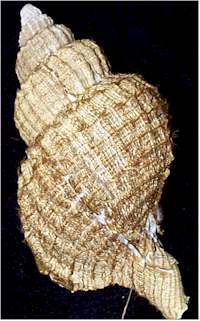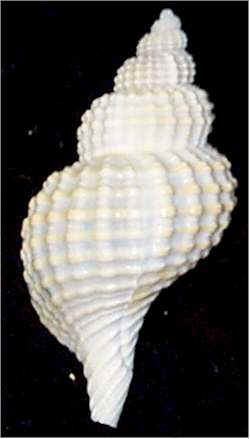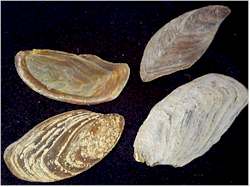How to clean live seashells


with periostracum without periostracum
Operculums
It might be a good idea to check with local authorities where you will be gathering the sea shells as some areas prohibit the practice of collecting live specimens. If you are lucky enough to gather some live sea shells there are a few methods of cleaning that can be followed. Before starting to clean your live seashells you might also want to read through cleaning dead seashells.
1- Burying - This one is by far the easiest to do. Find an area in your yard where you don't mind digging a hole and bury the seashells about 18 "( enough so animals will not dig them up). Let them remain buried until insects, larvae, worms, and bacteria remove all the tissue (a least a couple months). The longer the better. Go to step 5
2- Freezing - If number 1 is not an option then this method will work also. Place the seashells in a water tight bag and cover with water then place them in the freezer(just like you would fresh fish). When ready to clean allow the seashells to thaw at room temperature. After they are completely defrosted you should be able to grab hold of the animal inside and gently pull it out. Go to step 5
3- Boiling - Take a pot of water large enough to hold the seashells you are cleaning. Bring the water to a boil and let boil a few minutes(longer for larger or a great number of seashells). Using tongs and being careful not to burn yourself remove 1 shell and grasp with gloves or towel, so you don't burn yourself, and gently pull out the animal tissue inside. Go to step 5
4- Microwave - This is an easy method if you don't mind the smell in your microwave (my wife is not to fond of this method). The time you cook your seashells can really vary by microwave so really just try it until you figure out how long to put them in for and then treat them just like you would in step 3. Go to step 5
5- Bleaching - After no tissue remains soak the seashells in a 50-50 solution of bleach and water. There is no set time to let them soak because it various by the type of seashells and quantity of seashells being cleaned. Just make sure to remove them after the periostracum is gone. The periostracum is the flaky leathery covering that covers most live seashells.


with periostracum without periostracum
6- Fresh water - Remove from bleach and rinse thoroughly with fresh water. If preferred you can rub the seashells with baby oil to give them a luster.
Notes of interest
1- If tissue should break off inside the seashells you are cleaning there are two ways to proceed. Shake the seashell vigorously trying to remove the extra tissue or sit it outside where flies, bugs and ants will crawl inside the seashells and remove any remaining tissue.
2-Operculums- This is the trap door of the shell that helps protect it from intruders. Many serious collectors like to keep this part of the shell to show that it was a live taken seashell

Operculums
3- Water picks- Sometimes on smaller seashells another method to remove the tissue is to squirt them with a water pick and the high pressure will push the tissue out. This will only work with smaller seashells. 4- Dental picks- A lot of times dental picks and other instruments are used to help in removing barnacles and other growth on seashells. These can be purchased at many seashell stores. Try checking www.seashells.com.
MAKE SURE TO WEAR PROTECTIVE EYEWEAR WHEN CLEANING SEASHELLS



